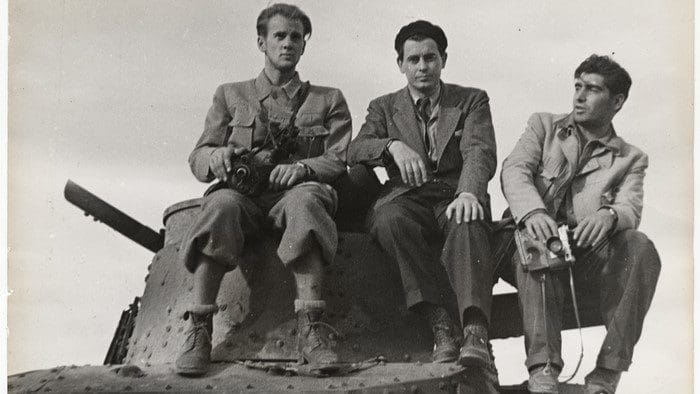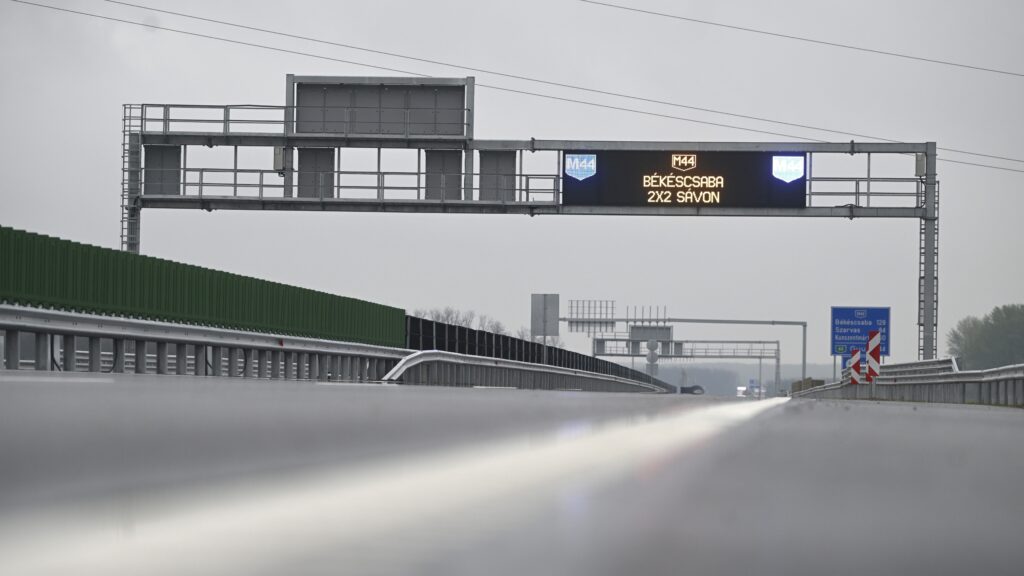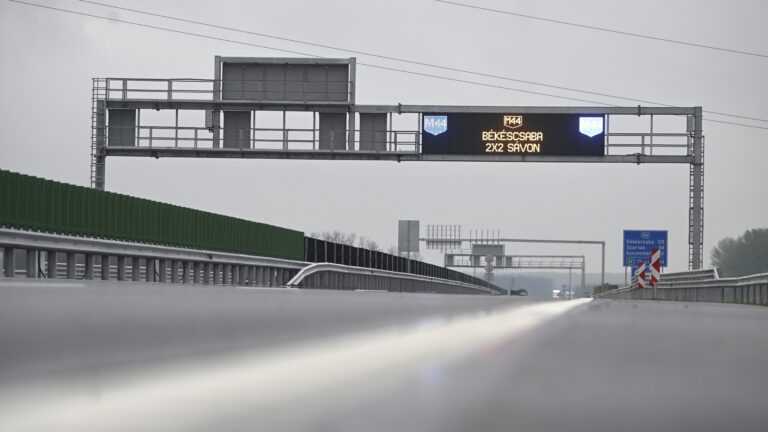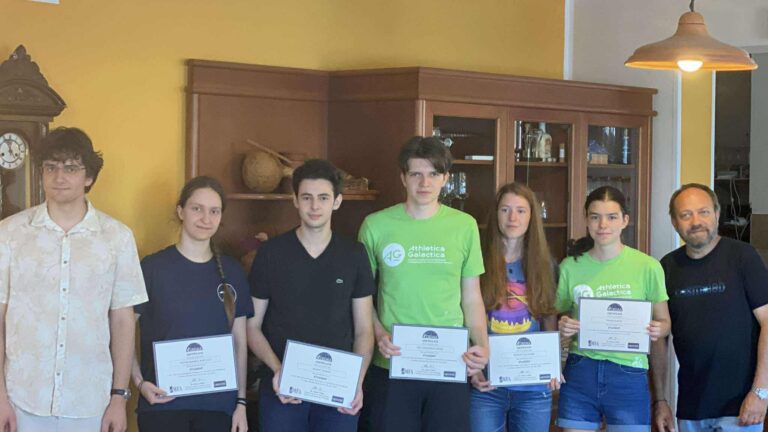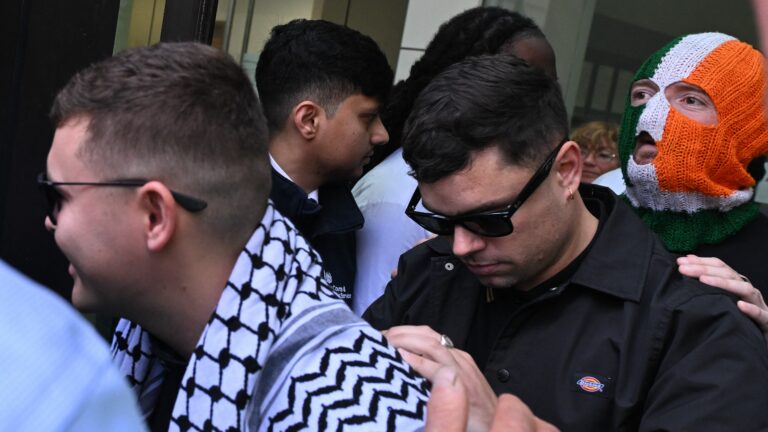There is an elegant house in the centre of Budapest built in the early 20th century in Art Nouveau style. The so-called Ernst House is home to a museum of contemporary photography. The aim of the institution is to promote Hungarian photography and to assist the recognition of photography as an independent art genre more widely in society.
The museum is named after one of the best-known Hungarian photographers of all times: Robert Capa. The Robert Capa Contemporary Photography Center, opened in 2013, houses exhibitions, but also hosts photography awards, and regular public events about art and photography. Currently, the centre has four exhibitions: one featuring photos of streets named after Hungary’s national poet, Sándor Petőfi; one dedicated to Judit Ruprech, a Pécs-born contemporary artist; an exhibition about André Kertész; and the fourth is the centre’s permanent exhibition, dedicated to Robert Capa himself. The permanent exhibition opened this summer, marking the 10th anniversary of centre’s foundation.
The Capa exhibition starts with one of the most famous quotes of his:
‘If your pictures aren’t good enough, you aren’t close enough.’
The black typewriter-style letters on the grey hallway wall lit up by a dim light serve as the first insight into what follows–black and white 2D memorials dedicated to well-captured moments of life, death and war. The only permanent exhibition in the world dedicated to Capa presents 138 photographs to visitors. Copies of iconic photographs such as The Falling Soldier taken in 1936 and the 1938 Boy Soldier in Hankou the centre provide a unique insight into the 20th century history through the eyes of photojournalism.
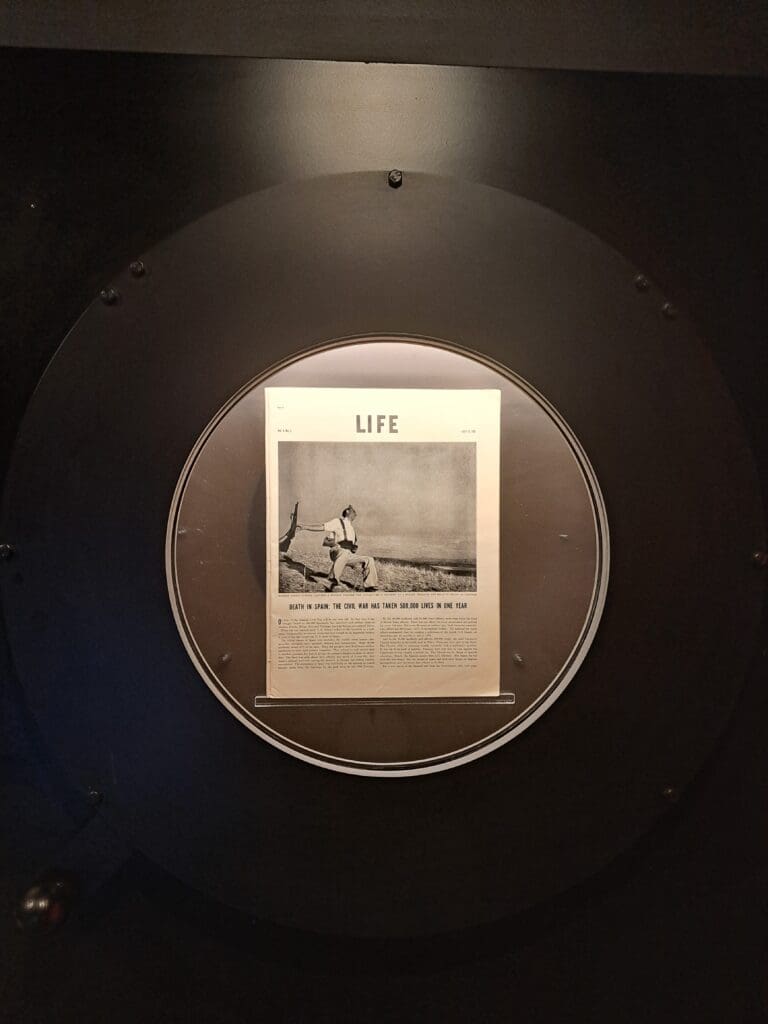
The exhibition presents more than the aforementioned, already well-known pictures of Capa. It guides visitors through the life of the photojournalist himself—from his early childhood to his tragic death. The world-famous photographer was born in Budapest on 22 October 1913 as Endre Friedmann.
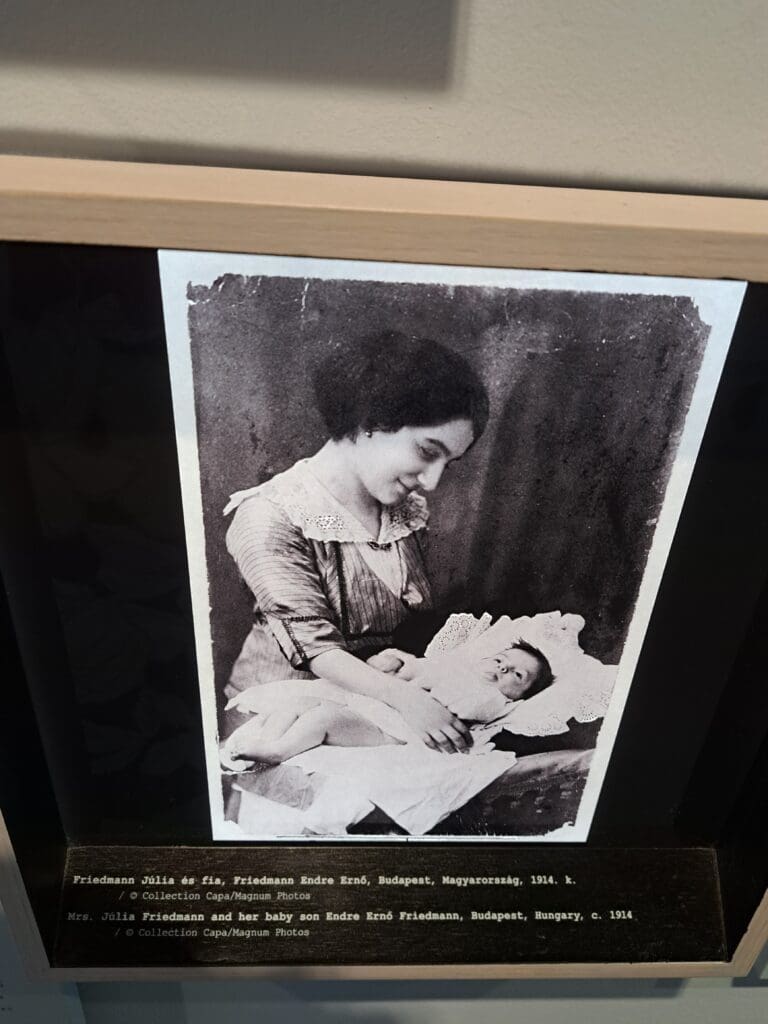
As an adolescent boy born into a Jewish family, he was attracted to left-wing political ideologies and opposed the right-wing Horthy regime of Hungary. He was arrested in 1931 for ‘radical political activity’ but was soon released due to one of the police officers’ wives who knew Capa’s family. Immediately after being released he fled Hungary, and settled in Berlin for a while, but due to the rise of Hitler he was forced to flee. But first he was sent by the German agency he was working for at the time to make the report which made him famous: he took the photo of Leon Trotsky at the Socialist Congress in Copenhagen, where taking photographs was strictly forbidden, but Capa managed to take the picture. The photo was published by Weltspiegel on a full page.
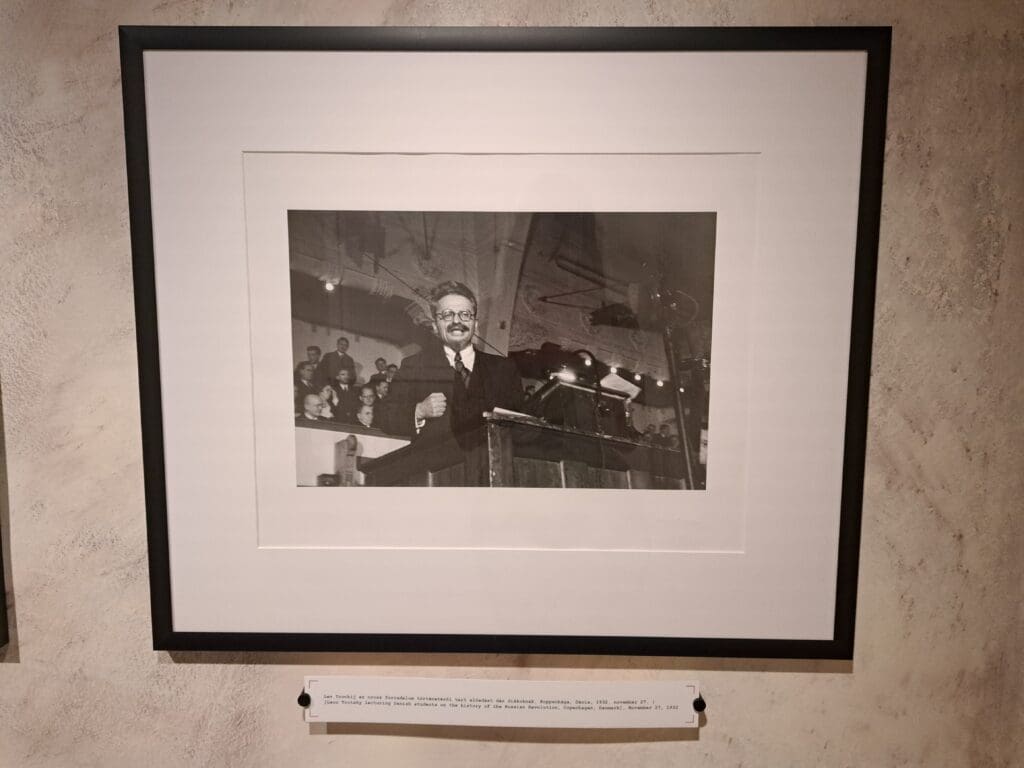
From Berlin he first smuggled himself back to Hungary, where he took pictures at the Gödöllő Scout World Jamboree (photos that unfortunately have been lost), and then to France. In Paris he got even more involved in the world of photography as he received some help and commissions from another famous Hungarian photographer, André Kertész. The photojournalist-in-the-making also adopted the name Capa around this time. While there are several theories surrounding the origin of his art name, the most accepted one is that it is a transliteration of the Hungarian word ‘cápa’, meaning ‘shark’, which he was called by his classmates because of his pushy behaviour. In the rooms dedicated to Capa’s life and work, visitors can also get acquainted with the various types of cameras Capa used through his career and can also learn about the process of developing photos with the help of an interactive board.
Visitors are also provided a glimpse into the life in the Soviet Union as Capa made a trip to the Ukrainian and Georgian parts of the USSR just before the rise of the Iron Curtain. The pictures Capa took illustrated a book by John Steinbeck titled A Russian Journal that was published in 1948. The exhibition is also proof that Capa was not only a photographer of war and tragedy—a series of photos are of Pablo Picasso and his lover, Françoise Gilot, immortalising their peaceful and happy moments on the seaside.
However, it is true that Capa owes his fame primarily to the fact that throughout his career, he risked his life documenting armed conflicts at close range. Most famously,
he was the only civilian to land with the US troops in Normandy on D-Day.
He covered as many as five wars as a photojournalist: the Spanish Civil War, the Second Sino-Japanese War, World War II, the 1948 Arab–Israeli War and the First Indochina war. The exhibition presents many images narrating these conflicts, most prominently, photos taken on D-Day, known as The Magnificent Eleven, but lesser-known photographs of Capa are also on view.
His passion of wanting to be as close to the subjects of his photographs as possible eventually led to his demise. Capa died at the age of 41 after stepping on a landmine while documenting the Indochina War in 1954 in Vietnam. The exceptional Hungarian war correspondent is remembered as one of the earliest documentary photographers who made this form of art immortal. His pictures, telling the stories of soldiers speak compassionately to viewers even today. Capa’s pictures bring life, struggle, and death close to the observer in ways unmatched even today.
All the photos featured in the article were taken by the author.

